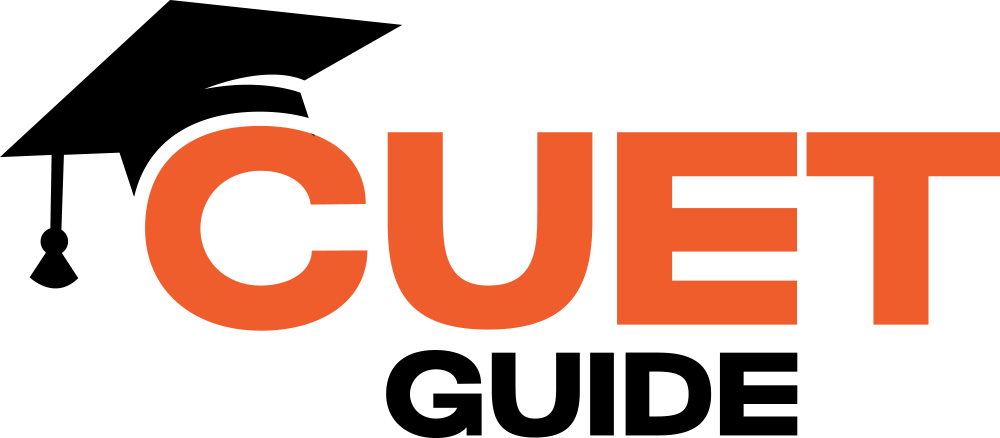The CUET UG 2025 Computer Science syllabus emphasizes foundational knowledge in programming, databases, data handling, and networks. This guide covers key topics in each section to support students’ understanding and application of core computer science principles. The syllabus is structured for clarity, with a focus on building practical skills, algorithmic thinking, and database management.
Section A: Core Programming and Database Concepts
1. Exception and File Handling in Python
- Overview: Covers Python’s handling of syntax errors, exceptions, and file operations.
- Key Concepts:
- Exception handling structures:
try,except,else,finally. - File operations with text and binary files using
picklemodule. - Application of file handling to read and write files effectively.
- Exception handling structures:
2. Database Concepts
- Overview: Explains the essentials of relational databases, focusing on structured data management.
- Key Concepts:
- Relational database design: concepts of domain, tuple, and keys.
- Relational algebra operations: selection, projection, union, set difference, and Cartesian product.
3. Structured Query Language (SQL)
- Overview: Introduces SQL for creating and manipulating databases.
- Key Concepts:
- Data definition (CREATE, DROP, ALTER).
- Data manipulation (INSERT, UPDATE, DELETE).
- SQL functions and aggregate operations with
GROUP BY,HAVING, andORDER BYclauses.
Section B1: Computer Science
4. Data Structures (Stack and Queue)
- Overview: Teaches list-based stack (LIFO) and queue (FIFO) operations in Python.
- Key Concepts:
- Implementation of
PUSHandPOPin stack, andINSERTandDELETEin queue. - Introduction to DQueue, infix, postfix, and prefix expressions.
- Implementation of
5. Searching and Sorting Algorithms
- Overview: Covers essential search and sort techniques, including their complexity analysis.
- Key Concepts:
- Sequential and binary search with Python implementations.
- Sorting algorithms: Bubble Sort, Selection Sort, Insertion Sort.
- Best, worst, and average case performance of algorithms.
6. Understanding Data
- Overview: An introduction to data organization, statistical analysis, and interpretation.
- Key Concepts:
- Data handling methods, mean, median, standard deviation, variance.
- Visualization techniques for interpreting data insights.
Section B2: Informatics Practices
7. Data Handling using Pandas and SQL
- Overview: Focuses on using Python libraries for data handling and querying.
- Key Concepts:
- DataFrame operations, filtering, and merging using Pandas.
- SQL integration, database export/import with Pandas, and aggregate functions.
8. Data Visualization with Matplotlib
- Overview: Introduces data visualization for exploratory data analysis.
- Key Concepts:
- Plot types: line plot, bar graph, histogram, pie chart, box plot, and scatter plot.
- Customizing plots with titles, labels, and legends for clarity.
Section C: Computer Networks and Communication
9. Fundamentals of Computer Networks
- Overview: Explores the evolution and fundamentals of networking.
- Key Concepts:
- Network types: LAN, MAN, WAN.
- Devices in networking: Modem, Hub, Switch, Router, Gateway.
- Network topologies: Star, Ring, Bus, Mesh.
10. Societal Impacts and Security Aspects
- Overview: Focuses on ethical, security, and societal aspects of technology usage.
- Key Concepts:
- Cybersecurity: Viruses, firewalls, secure protocols (HTTP vs. HTTPS).
- Digital ethics, including intellectual property, plagiarism, and data privacy.
- E-waste management and health considerations related to technology usage.
11. Data Communication
- Overview: Introduces data communication concepts and transmission techniques.
- Key Concepts:
- Communication media (wired and wireless technologies).
- Protocols for data transmission (HTTP, FTP, IP).
- Concepts of bandwidth and data transfer rates.
Conclusion
This syllabus overview for CUET UG 2025 Computer Science provides a structured and thorough foundation across programming, data handling, network theory, and security. The topics emphasize practical knowledge to prepare students for future studies or careers in computing.
for syllabus download please click the below link:

